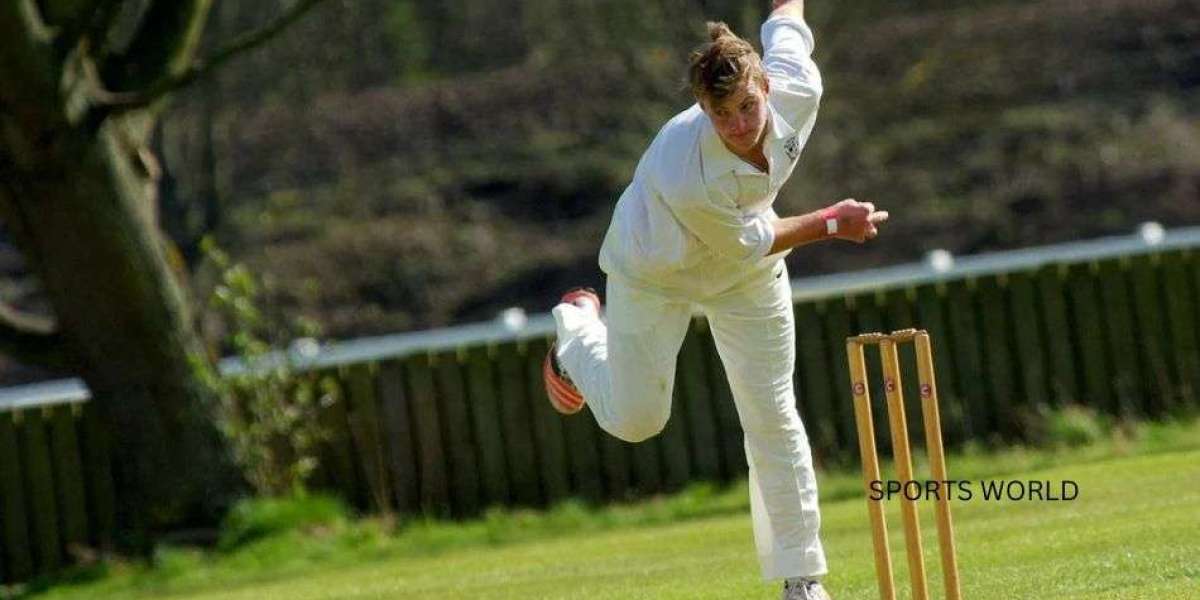Fast bowlers are the engines that drive a successful cricket team. Their explosive pace and accuracy can dismantle even the strongest batting line-up. But achieving bowling greatness requires a dedicated workout for fast bowlers that goes beyond just throwing the ball. In 2024, training has become more sophisticated, focusing on a holistic approach that builds strength, speed, endurance, and bowling technique.
Here’s a breakdown of key areas to consider when designing a workout for fast bowlers in 2024:
Core Strength and Stability:
The core is the powerhouse of a fast bowler’s body. A strong core provides stability during the bowling action, transferring power from the legs to the upper body and ultimately, the ball.
- Plank Variations: Planks are a fundamental core exercise. In 2024, consider incorporating variations like side planks, anti-rotation planks, and hollow body holds to target different core muscles.
- Medicine Ball Exercises: Medicine ball exercises like slams, throws, and rotations engage the core and improve rotational power, a crucial aspect of fast bowling.
Lower Body Power and Explosiveness:
The lower body is responsible for generating the pace on the ball. Exercises that develop power and explosiveness are essential in a workout for fast bowlers.
- Squats and Deadlifts: These compound exercises build strength and power in the legs and glutes. Consider incorporating variations like jump squats and Romanian deadlifts for added explosiveness.
- Lunges: Lunges target the quadriceps, hamstrings, and glutes, improving leg drive during the bowling action.
- Plyometrics: Exercises like box jumps, depth jumps, and single-leg hops develop explosiveness, allowing fast bowlers to generate maximum power in their delivery stride.
Upper Body Strength and Stability:
While the lower body is the foundation, a strong upper body is crucial for a balanced and efficient bowling action.
- Push-ups and Pull-ups: These exercises build upper body strength and stability, essential for maintaining bowling posture and controlling the ball.
- Rotational Exercises: Exercises like medicine ball throws and woodchoppers develop rotational power, allowing fast bowlers to generate pace through their core and upper body.
- Shoulder Strengthening: Rotator cuff exercises are essential to prevent injuries in the shoulder, a common problem among fast bowlers.
Speed Development:
Modern workouts for fast bowlers incorporate speed-specific drills to improve bowling speed.
- Bounding Drills: Running drills like high knees, butt kicks, and bounding improve leg coordination and power, translating to faster bowling speeds.
- Resisted Sprints: Sprinting with resistance bands or a weighted sled provides controlled resistance, building strength and power specifically for fast bowling.
- Fast Bowling Drills: Bowling drills with shorter run-ups and lighter balls help develop bowling technique and speed at the same time.
Flexibility and Mobility:
A flexible and mobile body allows fast bowlers to generate maximum power and prevent injuries.
- Dynamic Stretching: Dynamic stretches are performed before a workout to improve blood flow and prepare the muscles for movement.
- Static Stretching: Static stretches are performed after a workout to improve flexibility and range of motion. Focus on stretches for the hamstrings, quads, calves, and shoulders.
- Yoga or Pilates: Incorporating yoga or Pilates into a workout for fast bowlers can improve overall flexibility, core strength, and injury prevention.
High-Intensity Interval Training (HIIT):
HIIT is a great way to improve a fast bowler’s anaerobic capacity, which is crucial for bowling fast and maintaining intensity throughout a match.
- Short sprints with rest periods: Alternating between short bursts of high-intensity exercise (like sprints) and recovery periods keeps the heart rate elevated and improves stamina.
- Circuit Training: This keeps the heart rate up and improves overall fitness.
Bowling Technique Drills:
While strength and conditioning are important, a well-honed bowling technique is what separates good fast bowlers from great ones.
- Net Sessions: Regularly practicing bowling drills with a coach or net bowler helps refine bowling technique and build bowling specific muscle memory.
- Shadow Bowling: Practicing bowling action without a ball improves coordination and helps identify any flaws in the bowling motion.
Please Note:
- This is a sample plan; adjust the exercises, sets, reps, and rest periods based on individual fitness levels and goals.
- Proper form is essential to avoid injuries. Consult a qualified coach or trainer for guidance.
- Stay hydrated throughout the week and fuel your body with a healthy diet.
Conclusion
By following a comprehensive workout for fast bowlers that incorporates strength training, speed development, core work, flexibility, and rest, you can build the foundation you need to become a force to be reckoned with on the cricket pitch. Remember, consistency and dedication are key to achieving fast bowling greatness.








